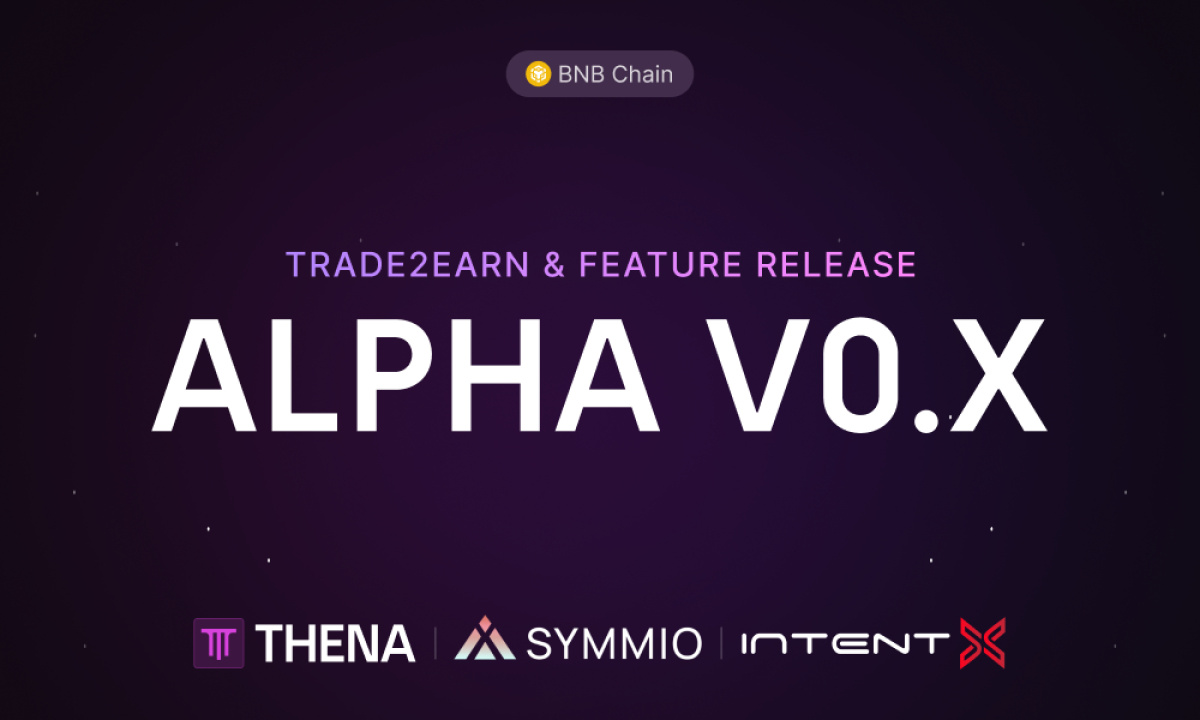Table of Contents
Momentum is picking up in the crypto markets, and an influx of newcomers – including exchanges – is inevitable. But following the catastrophic collapses of the previous market cycle, how can users discern if an exchange is stable and liquid, like Coinbase or Multibank.io, or run by bad actors, like FTX or Quadriga?
2024 is shaping up to be a pivotal year in the crypto market cycle, thanks to the excitement surrounding a Bitcoin ETF approval and the upcoming halving. In anticipation of an influx of new investors, the SEC is already issuing FOMO warnings to retail buyers. On January 6, the regulator’s Office of Investor Education posted on social media reminding people of crypto’s notorious volatility and urging them to ignore campaigns involving “your favorite athlete, entertainer or social media influencer promoting these kinds of investment opportunities.”
The SEC didn’t name any names, but the post could easily have been a reference to FTX, which made heavy use of A-list celebrities such as Tom Brady and Gisele Bundchen, Larry David, and Naomi Osaka, among others, to promote the now-failed crypto exchange. Now, it’s evident that this was all part of SBF’s elaborate scam, leveraging the social proof of high-profile individuals to demonstrate his credibility, all while he was defrauding customers.
A History of Poor Practice
The shadow of FTX still looms large over the crypto sector, but it’s worth noting that it’s simply the most egregious example in a string of incidents involving centralized exchanges. But he wasn’t the first. Centralized exchanges have proven to be fertile ground for mismanagement and fraud. Mt.Gox, known for being the target of one of the biggest hacks in crypto history, was mired in allegations of theft and embezzlement for years before the liquidation process and compensation process, which is still ongoing, began.
Other examples include Canadian exchange Quadriga CX, which collapsed after the founder ostensibly died as the sole holder of the exchange’s account keys, and New Zealand-based Cryptopia, which went bust after a hack that is suspected to have been due to
internal failings.
The heavy legal penalties faced by SBF, along with the increasingly regulated nature of the industry, are intended to act as a warning that firms need to up their game. However, crypto is still unregulated in many parts of the world, and lawsuits after the fact can take years to process, often with little chance of customers recovering their funds.
Bringing Banking Best Practices to Crypto
As we move into the new bull market, there will be a fresh influx of exchange startups entering the market, many likely to promise the lowest fees, the most trading pairs, or the highest rewards with their token. How can crypto traders and investors protect themselves and avoid bad actors from the outset?
There are no failsafe rules to follow. However, in 2024, the cryptocurrency exchange market is sufficiently well-developed that mature, established crypto trading firms are as easy to find as seed-stage startups. One example is MultiBank Group, which now offers cryptocurrency trading at Multibank.io. MultiBank Group is among the largest and most regulated trading platforms in the world, holding more than 14 licenses to serve over a million active customers from 25 offices around the globe. Crypto spot trading in over 90 trading pairs is regulated via the Australian Securities and Investment Commission, and MultiBank Group also holds pre-approval for a license with the Dubai Virtual Asset Regulatory Authority.
Funds on the platform are secured in segregated wallets using multi-party computation (MPC). However, none of this comes at the price of the overall trading experience since MultiBank Group offers trading execution speeds of 40 nanoseconds, with a trading engine that can process over nine million trades per second.
Crypto-natives Stepping Up
A background in TradFi is a reasonably reliable indicator that an exchange has enough skin in the game to take user fund protection seriously. But even in the crypto-native exchange sphere, there are now several established operators that are firmly enmeshed with TradFi, underscoring a commitment to responsible operation and user trust. One obvious example is Coinbase, which made history as the first crypto exchange to become publicly listed on a US stock exchange following its IPO in 2021. However, another could be Bitstamp, which recently launched a partnership with French banking giant Societe Generale to list the latter’s stablecoin on its trading platform. Both of these achievements would have required the respective firms to have satisfied an extensive due diligence process.
The increasing maturity of the crypto exchange markets will invariably make it more difficult for new entrants to survive in the future. However, the flipside for users is choosing an exchange is no longer like a game of Russian roulette. Whether they have a TradFi background or are crypto natives, companies that have taken the time to establish their reputation through a commitment to compliance and user trust are a no-brainer when it comes to fund safety.
Disclaimer: This article is provided for informational purposes only. It is not offered or intended to be used as legal, tax, investment, financial, or other advice.
Investment Disclaimer















